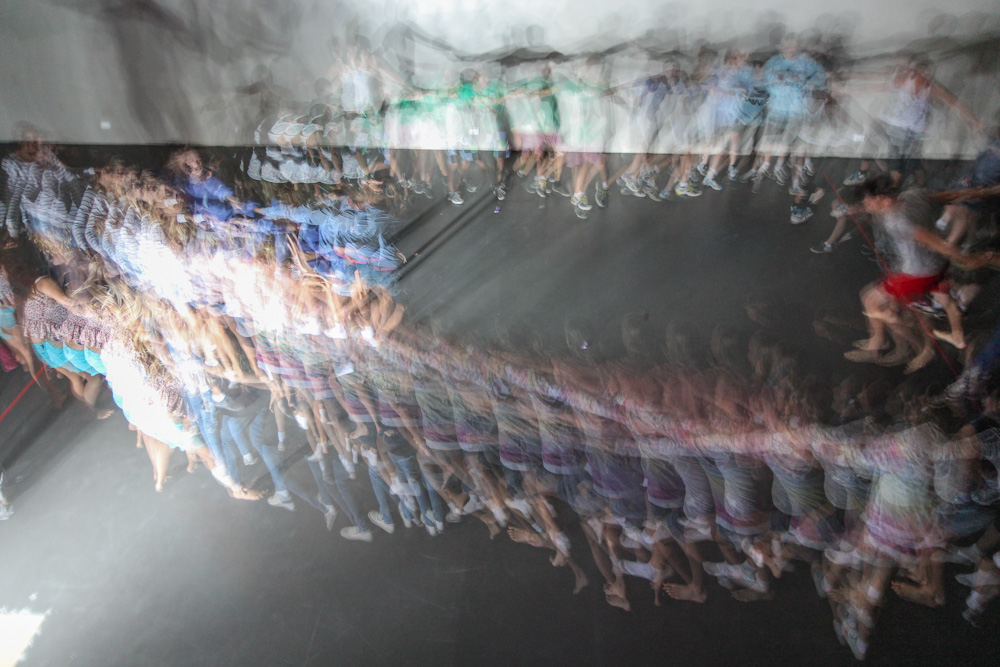Because I shoot film, once in a while I’ll choose to get prints done of a particular roll. Not because I hang onto some form of outdated media (I always get scans irrespective of whether I’m getting prints or not), but because I like to have some physical record of how my film photography is going.
Getting prints done isn’t some egotistical thing, either — I mostly use it as a way to remind myself that shooting film has a cost that’s not associated with digital photography, a real cost both in terms of taking the individual frames and work that has to go into the final roll. I still don’t develop my own film and probably ever won’t, but getting printed copies of my film photography gives me something I can hang onto.
I got back the two rolls I wrote about the other day, and they look pretty good. Taken as a set of 38 frames they’re mediocre, but there are some standouts in the two sets, like any roll. I feel as though I waste anywhere between 5 and 10 frames per roll of 38, just because I’m taking multiple shots of the same thing. There are one-time deals that work out amazingly well, and then there are those that take 2-3 shots and still don’t turn out right. That’s where digital still has the edge over film photography, and always will.
As much as I like some of the photos, and as much as I’m happy with how the shots I did take turned out — there’s this one that is an almost perfect shot of the front of the National Library of Australia — I’m still not content with the kind of photography I’m doing. If Monte Carlos are the only Arnott’s biscuits I’ve ever loved1, then street photography is the only kind of photography I really enjoy. Which kind of sucks, because I’m only average at it and almost never work up the courage to take the shots that I want to.
It’s honestly one of the worst things about street photography. You can’t just walk up to someone and take their photo, and while you can try and catch people in their natural — staring at their phone, waiting for the bus, leaning against a wall — as soon as you stick a camera in their face the moment is gone. If the second hardest thing about street is taking photos of people in their natural habitat, the hardest thing is working up the courage to do so.
But hey, that’s half of what makes street photography so thrilling. Thrill of the chase, and all that.
These words part of Blogvember, a thing I just made up right then about getting back into blogging. You can read more words about Blogvember right over here, but the gist is that I'll be attempting to post something up on the blog every day in November 2014. Read other Blogvember posts.

